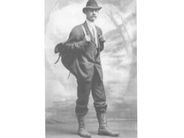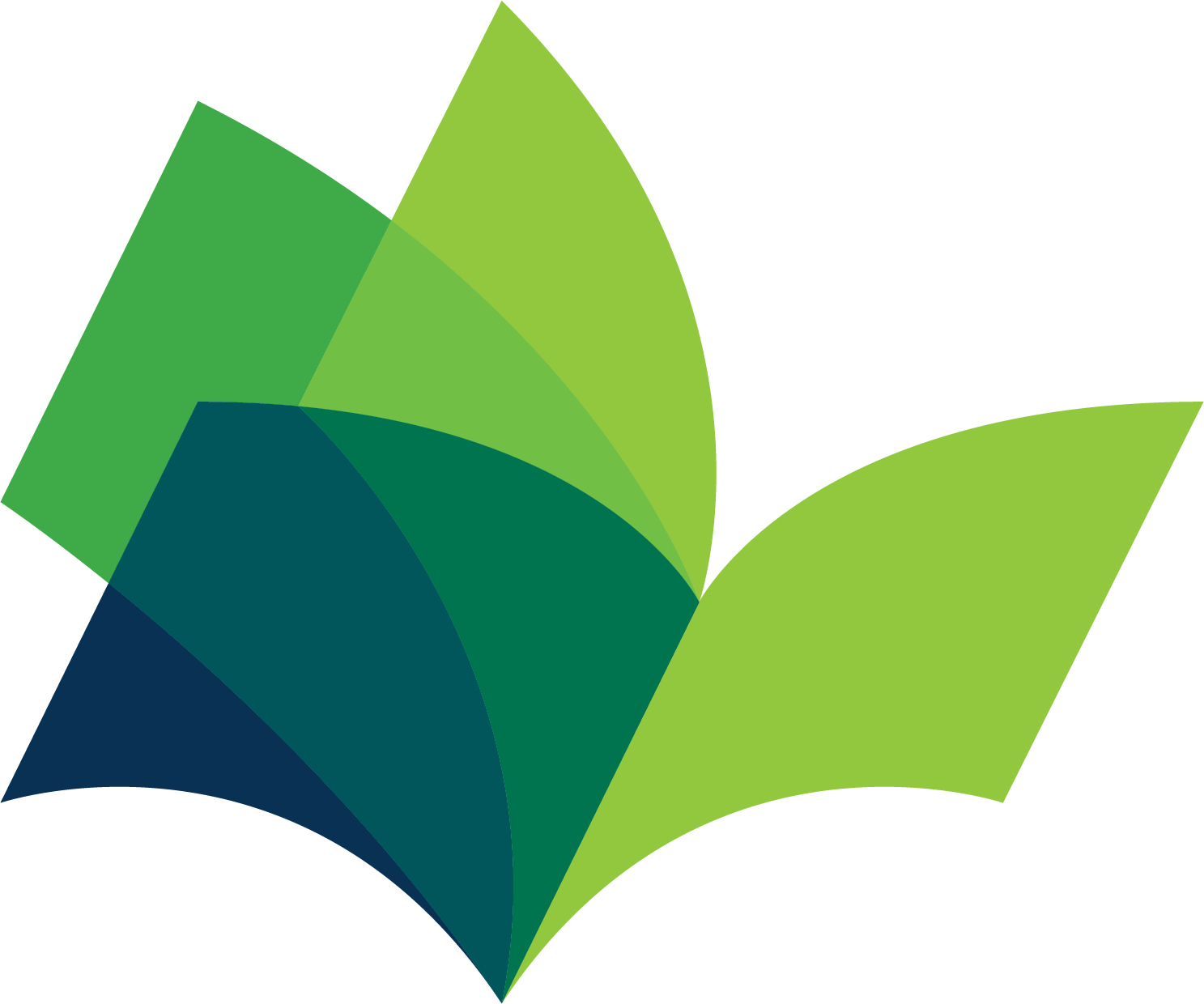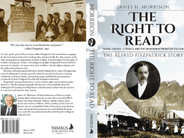1899

Teacher Alfred Fitzpatrick creates The Canadian Reading Camp Movement. Reading tents are set up in remote and isolated communities and equipped with books and volunteers to teach workers in logging camps, on the Canadian National Railway, and in mines to read and write. Fitzpatrick’s approach—every place is a learning place—pioneered how education and basic literacy were taught throughout Canada. This was before other educational and government institutions recognized the importance of literacy outreach programs.















































